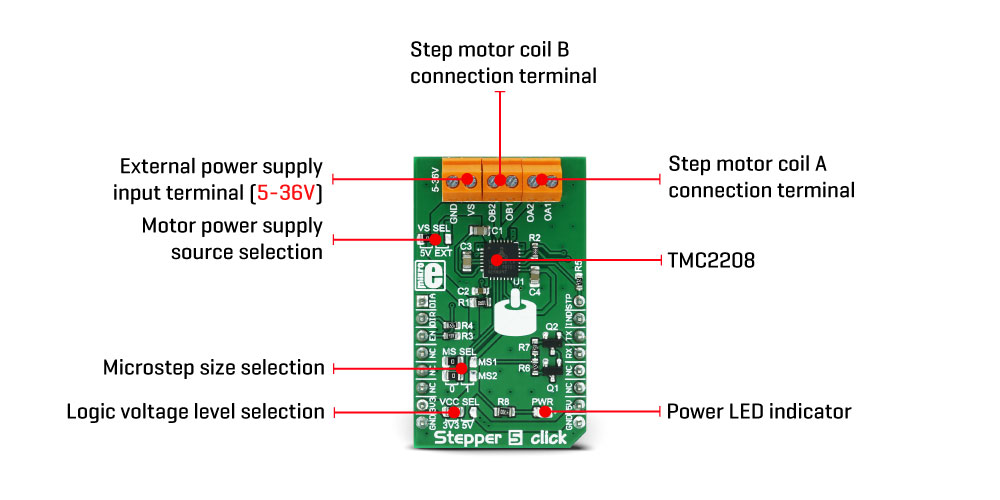

- LOGIC NO INPUT SOURCE SELECTED BUILT IN MICROPHONE DRIVERS
- LOGIC NO INPUT SOURCE SELECTED BUILT IN MICROPHONE ANDROID
- LOGIC NO INPUT SOURCE SELECTED BUILT IN MICROPHONE SOFTWARE
- LOGIC NO INPUT SOURCE SELECTED BUILT IN MICROPHONE MAC
The calibration factor for both high and low ranges are recording on the factory calibration card in dBFS, so that application software can be calibrated to provide an absolute SPL level. UPrecisionMic is factory calibrated to +/-0.1dB using a NIST traceable pressure-compensated calibrator.
LOGIC NO INPUT SOURCE SELECTED BUILT IN MICROPHONE ANDROID
It works with Windows PCs, Apple Macs, Android devices, and iPad (using the Camera Connection Kit). UPrecisionMic is a USB C connected precision test and measurement microphone that meets ANSI and IEC electrical and acoustic Class 1 standards. NEW - uPrecisionMic is a complete re-design of our precision USB connected microphone.
LOGIC NO INPUT SOURCE SELECTED BUILT IN MICROPHONE MAC
Make sure it’s plugged directly into your Mac rather than a USB hub. If you do not see the audio interface in this list, first make sure that the audio interface is turned on and connected properly. To set the device for input, click on it within the list of available audio interfaces. While most digital audio workstations allow you to select your input from within the application, setting the input at the system level streamlines the recording process. Within that preference pane, you’ll see two tabs: “Input” and “Output.” Click on the “Input” tab and find your microphone or audio interface, and set it as the system input.

Open the “Sound” preference pane in System Preferences. It’s simply plug and play! That makes your life a lot easier, but you’ll likely still need to flip some switches to set things up the way you want.
LOGIC NO INPUT SOURCE SELECTED BUILT IN MICROPHONE DRIVERS
While Windows requires drivers for audio interfaces, macOS typically does not require a driver. Once you have all your devices connected and turned on, it’s time to configure the audio interface. They just use a different connection protocol and connector style. These interfaces function no differently from the USB-style audio interfaces. Some audio interfaces also connect via Thunderbolt. Plug that into your preamp, then plug the other end of the cable into your Mac. Typically, the device will connect with a “printer style” USB 2.0 Type B connector. The Focusrite Scarlett line is popular, inexpensive, and effective.Ĭonnect the preamp to your Mac through the USB port. Preamps, also known as audio interfaces, can range widely in price and quality. It also powers the microphone, if the microphone uses “phantom power,” and converts the mic’s analog signal to digital. The pre-amplifier, or “preamp,” is an outboard USB device that can accept an XLR connection. That’s what you need a USB pre-amplifier for. Observant users will notice that computers do not have XLR ports. This three-pin circular connector takes an XLR cable. The more standard microphone connector is called XLR. Just make sure you select the microphone as your input (see below) before using it. There should be no configuration required to get the microphone to pick up audio. Either way, it’s a plug-and-play operation. Headset microphones that are compatible with macOS will connect over USB or the headphone jack. These mics have a small pre-amplifier chip built into their chassis, allowing them to take in audio and output a digital signal. You simply plug the mic’s USB cable into any open USB port. The easiest type of microphone to connect to a computer is a USB mic. Regardless, all connections lead to the same place: the USB port. Depending on the type of microphone you have, it will connect to your Mac in different ways.


 0 kommentar(er)
0 kommentar(er)
